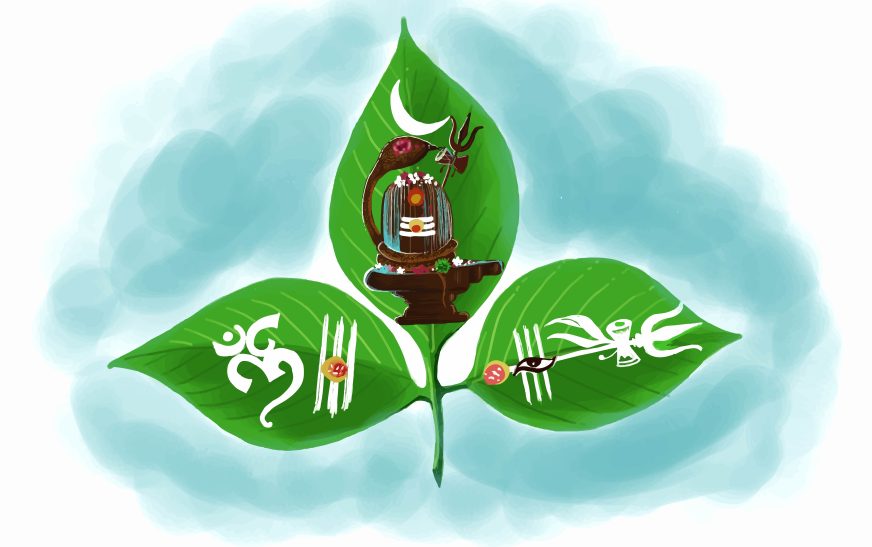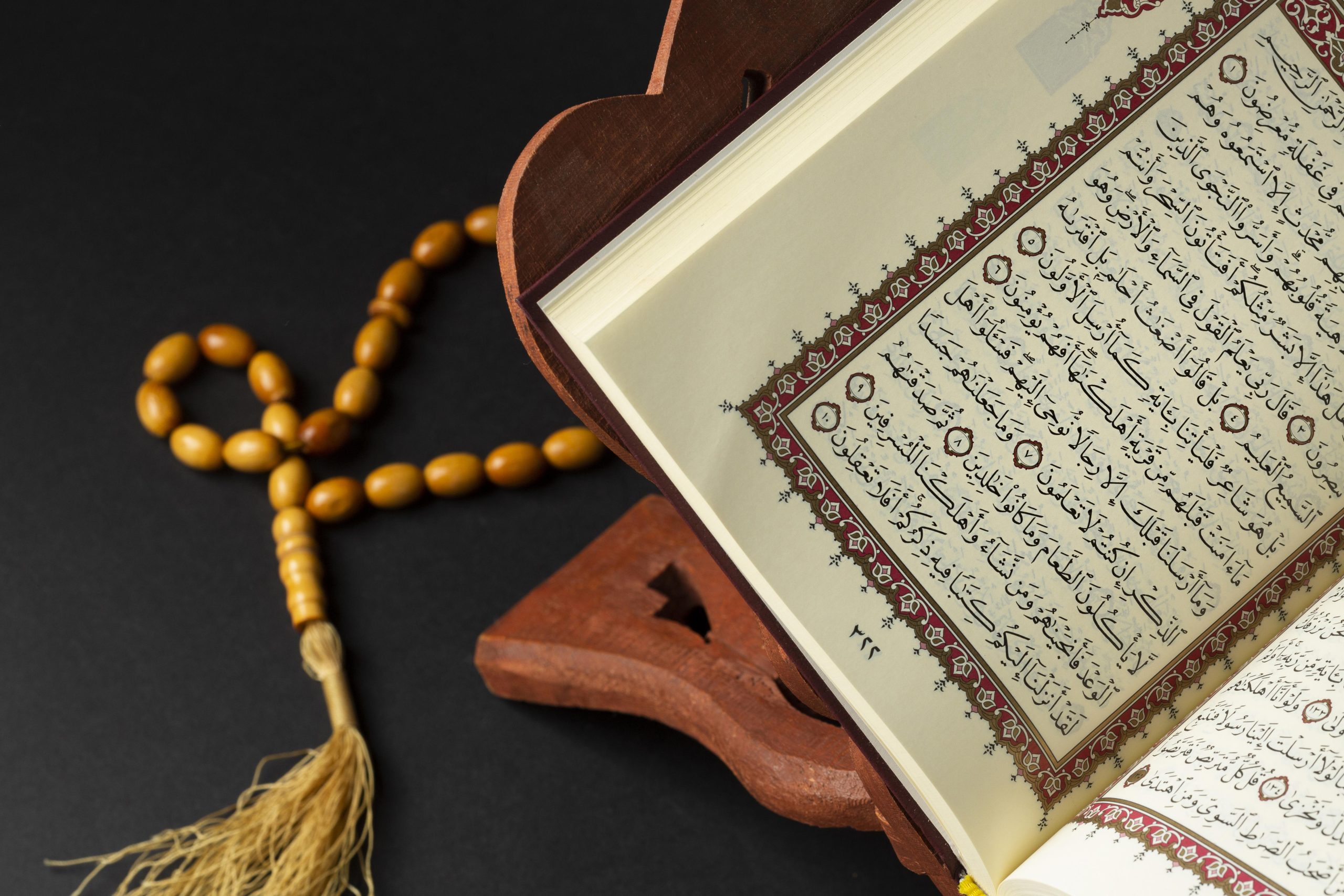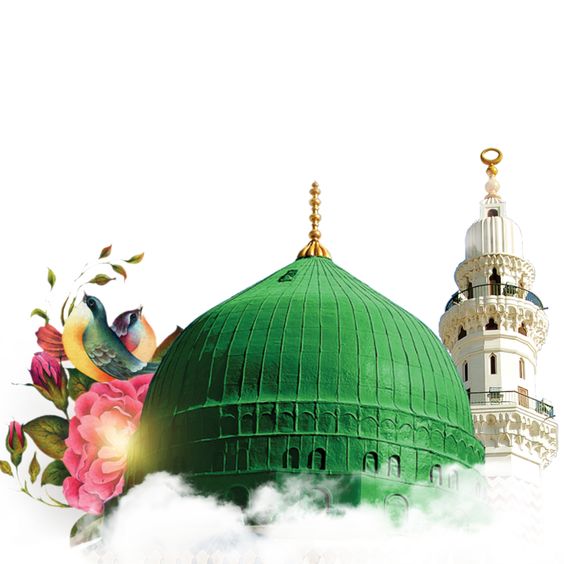The history of Islam and Hinduism is characterized by centuries of interaction, cultural exchange, and coexistence in the Indian subcontinent. This narrative explores the interconnectedness, key moments, and diverse dynamics between these two major religions.
Origins and Founders:
Islam and Hinduism have distinct origins and theological foundations. Islam emerged in the 7th century CE in Arabia through the teachings of the Prophet Muhammad (peace be upon him), emphasizing monotheism, ethical conduct, and social justice. Hinduism, one of the world’s oldest religions, has roots in ancient Indian traditions, scriptures like the Vedas and Upanishads, and diverse philosophical schools.
Early Interactions and Cultural Exchange:
The interaction between Islam and Hinduism dates back to the medieval period when Muslim traders, scholars, and rulers established contact with Hindu kingdoms and communities in the Indian subcontinent. This interaction led to cultural exchanges, artistic influences, and the syncretic development of Indo-Islamic art, architecture, and music.
Mughal Empire and Hindu-Muslim Relations:
One of the significant chapters in the history of Islam and Hinduism is the Mughal Empire (1526-1857), which ruled over large parts of the Indian subcontinent. The Mughal rulers, known for their religious tolerance and patronage of art and culture, facilitated a period of coexistence and harmony between Hindus and Muslims.
Emperor Akbar, in particular, implemented policies of religious inclusivity and cultural integration, initiating dialogues with Hindu scholars, promoting syncretic art forms like the Mughal miniature paintings, and commissioning architectural marvels such as the Taj Mahal. This era witnessed a flourishing of Hindu-Muslim intellectual exchange, with contributions in literature, poetry, and philosophy.
Sufi Influence and Bhakti Movement:
The Sufi saints, mystics, and poets played a significant role in bridging the spiritual and cultural divide between Islam and Hinduism. Sufi orders like the Chishti, Suhrawardi, and Qadiri spread across India, advocating love, tolerance, and spiritual unity beyond religious boundaries. The Sufi tradition influenced the Bhakti movement in Hinduism, emphasizing devotion, love, and direct communion with the divine.
Challenges and Conflicts:
While periods of harmony and cultural fusion existed, the history of Islam and Hinduism also witnessed tensions, conflicts, and political rivalries. The decline of the Mughal Empire, the rise of regional powers, and colonial interventions in the 18th and 19th centuries led to socio-political transformations and communal tensions.
Modern Era and Interfaith Dialogue:
In the modern era, Islam and Hinduism continue to coexist in South Asia, with efforts toward interfaith dialogue, understanding, and cooperation. Interfaith initiatives, cultural exchanges, and joint celebrations of festivals promote mutual respect, peacebuilding, and harmony among diverse communities.
Conclusion:
The history of Islam and Hinduism reflects a complex tapestry of interactions, exchanges, challenges, and shared cultural heritage. Despite differences, both religions have contributed to the rich diversity and pluralism of the Indian subcontinent, highlighting the potential for mutual understanding, coexistence, and collaboration in fostering a harmonious society.







